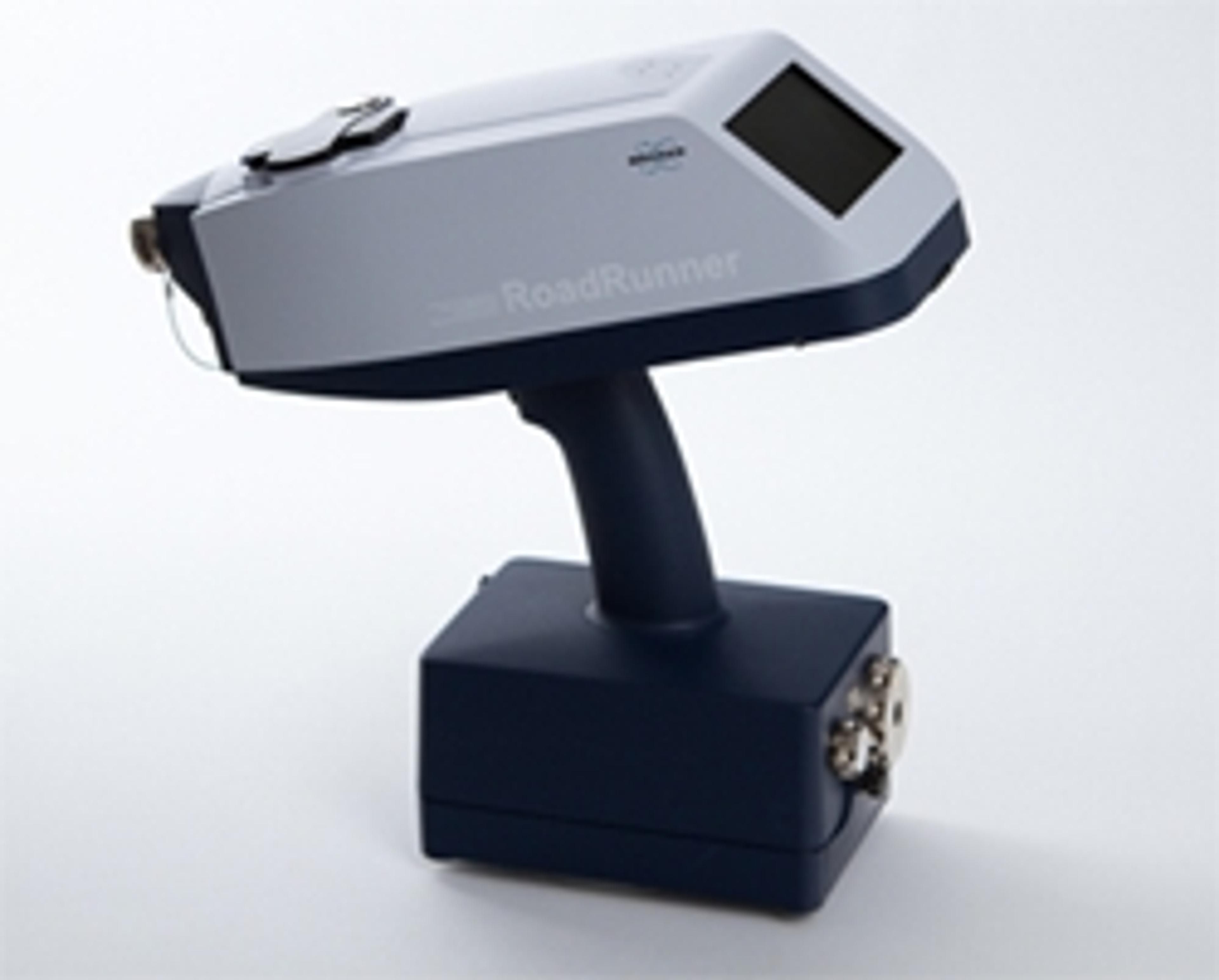Bruker Introduces RoadRunner™, a Novel High-Performance Hand-Held Explosives and Narcotics Trace Detector
28 Sept 2014
At the 60th Annual ASIS International Seminar and Exhibit, the Bruker Detection division introduces RoadRunner™, an innovative, hand-held explosives and narcotics trace detector with outstanding sensitivity, selectivity, analyte coverage and ease of use.
This revolutionary new product expands Bruker´s explosives trace detection (ETD) product line by providing a light-weight, hand-held ETD detector that has the same outstanding detection performance as state-of-the art benchtop ETD instruments. The rugged RoadRunner is battery-operated, weighs just 7.7 lbs (3.5 kg), and offers dual modes for ‘sniffing’ vapor samples directly, as well as for thermal desorption of particles captured by swabs.
A battery lifetime of 4 hours combined with a hot-swap battery feature further expands the usability of RoadRunner in remote locations and routine use. Its non-radioactive photoionization source simplifies maintainability by removing the need to comply with regulations for radioactive source safety. For the first time, the incorporation of CHIRP-IMS™ technology provides the sensitivity and selectivity of a bench-top trace detector in a hand-held design. This patented feature, coupled with continuous automatic internal calibration, makes manual calibration and verification steps obsolete and simplifies day-to-day operation.
Dr. Norbert Kloepper, Head of the Bruker Explosive Trace Detection business, commented: “With RoadRunner we are offering a major analytical performance and useability advance for hand-held ETD in cargo security, passenger security, and the protection of critical infrastructure, transportation nodes, ports of entry and of the general public. This light-weight and convenient new explosives and narcotics detector for field and portable applications will give our customers increased confidence in being able to detect a broad range of traditional and emerging analytes, with excellent sensitivity and specificity, and with exceptionally low false negative rates.”

